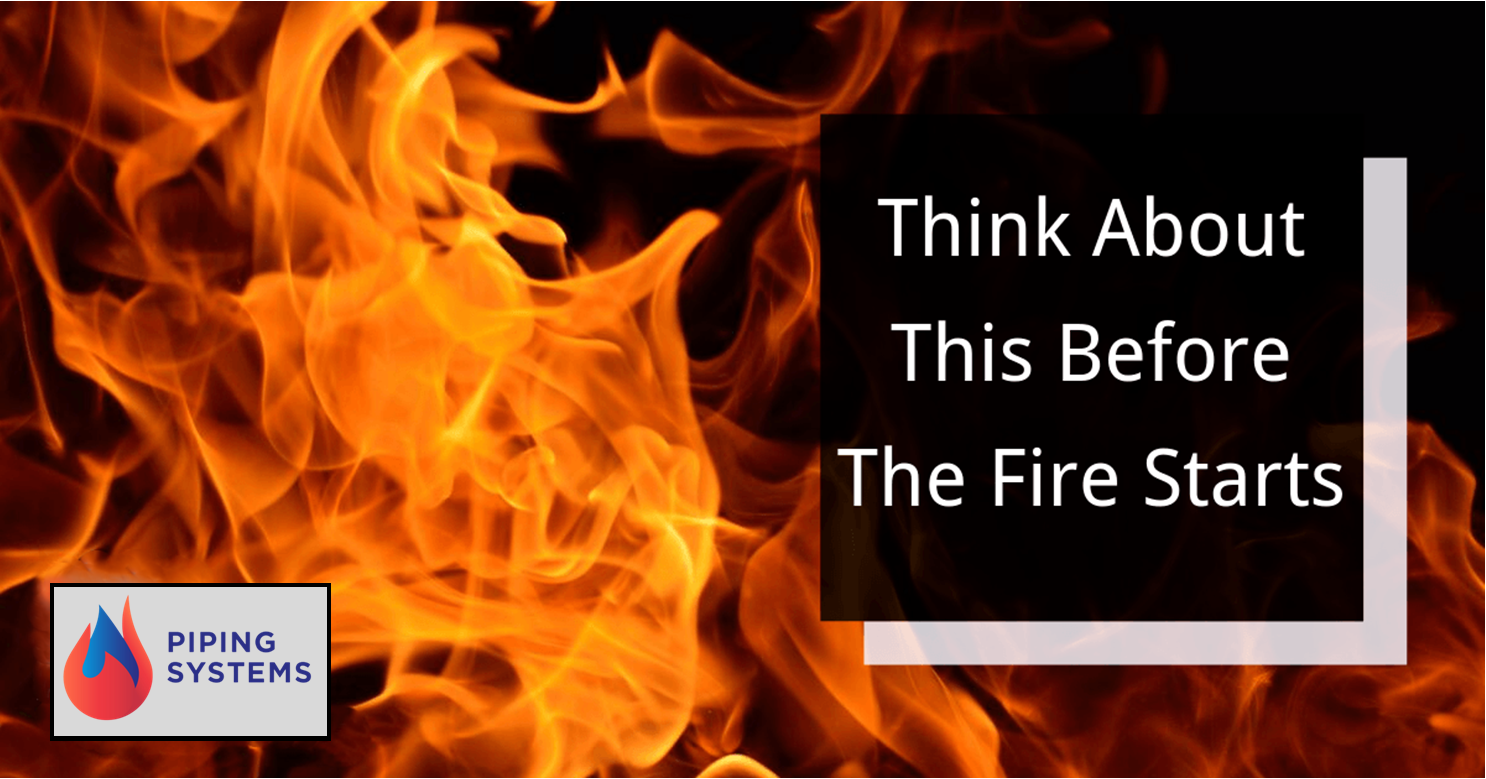Published September 30, 2019

It isn’t uncommon for a fire suppression or protection to be installed in a commercial or industrial building and then forgotten. The general thought is that the system was installed by professionals and tested, and if it is not in use, it should still be in top working condition in the event of a fire.
While there are safety and operational tests recommended by the manufacturers of fire protection systems, they are often ignored or scheduled but then never completed. This may seem like a time and cost-saving decision, but if the system is ever required in the event of a fire, poor water pressure, clogged valves or nozzles or other types of problems that impact the performance of the fire suppression systems can be a very high cost to pay.
Hire a Professional Service
One of the easiest ways to handle those recommended fire system test is to hire professionals to come in and test the system. Hiring an outside inspection service frees up your internal maintenance teams.
It also provides the inspection and testing documentation that is essential should there be a fire and an insurance claim is submitted. In some cases, older systems may have significant problems with corrosion, valves that are no longer operating in the required pressure ranges or any other similar types of problems. Replacing or repairing these issues on an annual basis helps to save the cost of a repair or replacement later on.
Compliance with the NFPA Codes
Staying in compliance with NFPA or National Fire Protection Codes for maintaining, inspecting, and testing of all installed fire suppression systems is another reason to stay on top of regular scheduling.
Each type of fire suppression system and building type has differences in the specifics that allow for code compliance. These can also change over time, sometimes with major changes required, and having a regular inspection and testing ensures that your system is up to the latest code requirements. Keeping within this compliance is essential in the event of a fire to demonstrate the building was maintained to the required standards.
If there are any signs of damage to the fire suppression system, calling in an inspection team to test the systems is also a top preventative measure. Lines can be damaged by being hit or knocked by equipment, exposure to corrosive materials or moisture, or by being crushed or damaged during other types of repairs or operation.
Leaks under nozzles or in areas where valves are found in the system are another indication that a test is required to make sure the system is fully operational if a fire should ever start in the building.